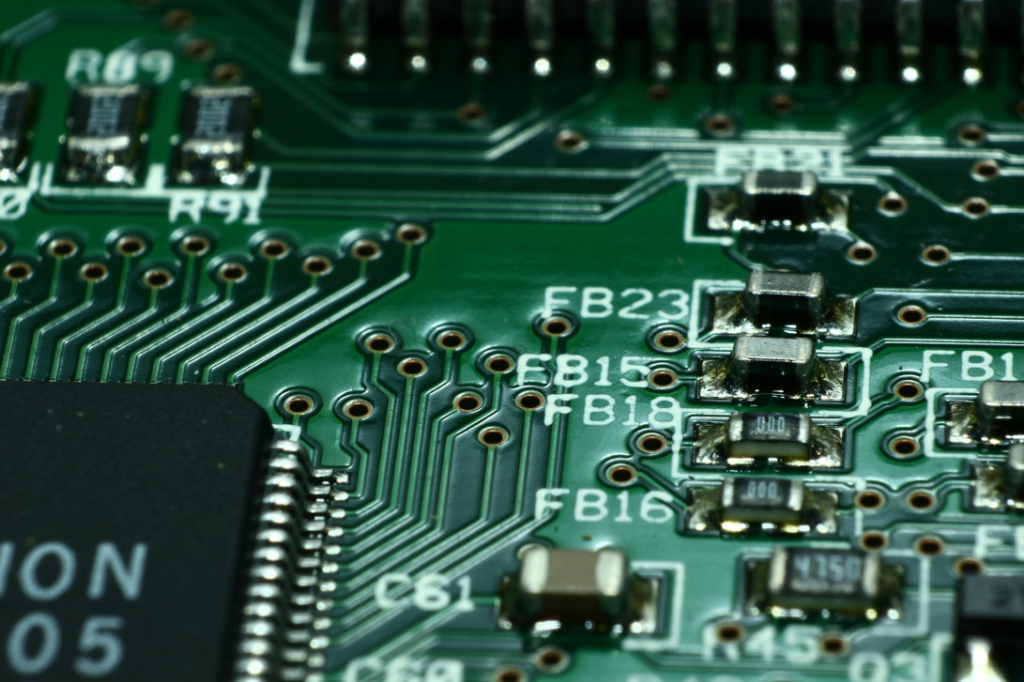The Ins and Outs of the TTL Interface

Serial communication allows for data transmission over considerable distances and is commonly associated with the TTL standard. Data is transferred through serial communication, which transmits bits at a time over a single wire. Data is exchanged using two parties—the transmitter and receiver—by using various serial digital binary technologies in the form of binary pulses.
One of the first forms of serial communication protocol, RS232, is still widely used today by serial ports to connect computers to devices. It sends data bit by bit, much like serial signals from a microcontroller. This standard derived TTL. Transistor-Transistor Logic, or TTL, is a type of serial communication that is frequently used in modern microcontrollers using what is called the UART, or universally asynchronous receiver/transmitter transmission technique.
RS232, due to its age and widespread adoption, is cheaply available and is known for its reliability in data transmission. The simple wiring and standardized methodology make associated hardware widely compatible and easily sourced. TTL similarly has an even lower cost due to its simple design and high availability. It is no surprise then that it is omnipresent and an industry preference for most projects as it is highly compatible with microcontrollers and is really easy to use.
Each TTL chip typically has hundreds of transistors. Typically, a single package will contain everything from logic gates to a CPU. The logic family is composed of BJTs (bipolar junction transistors). As its name suggests, the transistor serves two purposes: logic and amplification. TTL logic consists of a number of transistors, each of which has a number of emitters and inputs. TTL comes in a variety of forms that are designed for various uses, such as radiation hardened TTL packages for space applications and Low power Schottky diodes that offer a great balance between speed and low power consumption.
When it comes to power consumption, TTL devices typically consume more power than CMOS devices, although CMOS device power utilization does not increase with clock speed. Transistor-transistor logic is substantially slower than contemporary ECL circuits, but it uses significantly less power and has simpler design principles. The key advantage of TTL is that it is simple to link with other circuits and that it can provide complex logic functions due to particular voltage levels and good noise margins. Fan-in, or the number of i/p signals that may be accepted through an input, is also one of TTL’s strong points. TTL operates at a low level of between 0 and 0.2 volts and at a high level of 5V, and it has a fan out of 10 gates, which means that it can support up to 10 gates.
The TTL interface is a versatile, low-cost, and widely compatible one that is best regarded for its reliability and availability. A TTL chip contains many transistors which serve the purposes of logic and amplification, a simple yet ingenious design. To learn more about display technologies and to begin your display project, visit FocusLCDs.